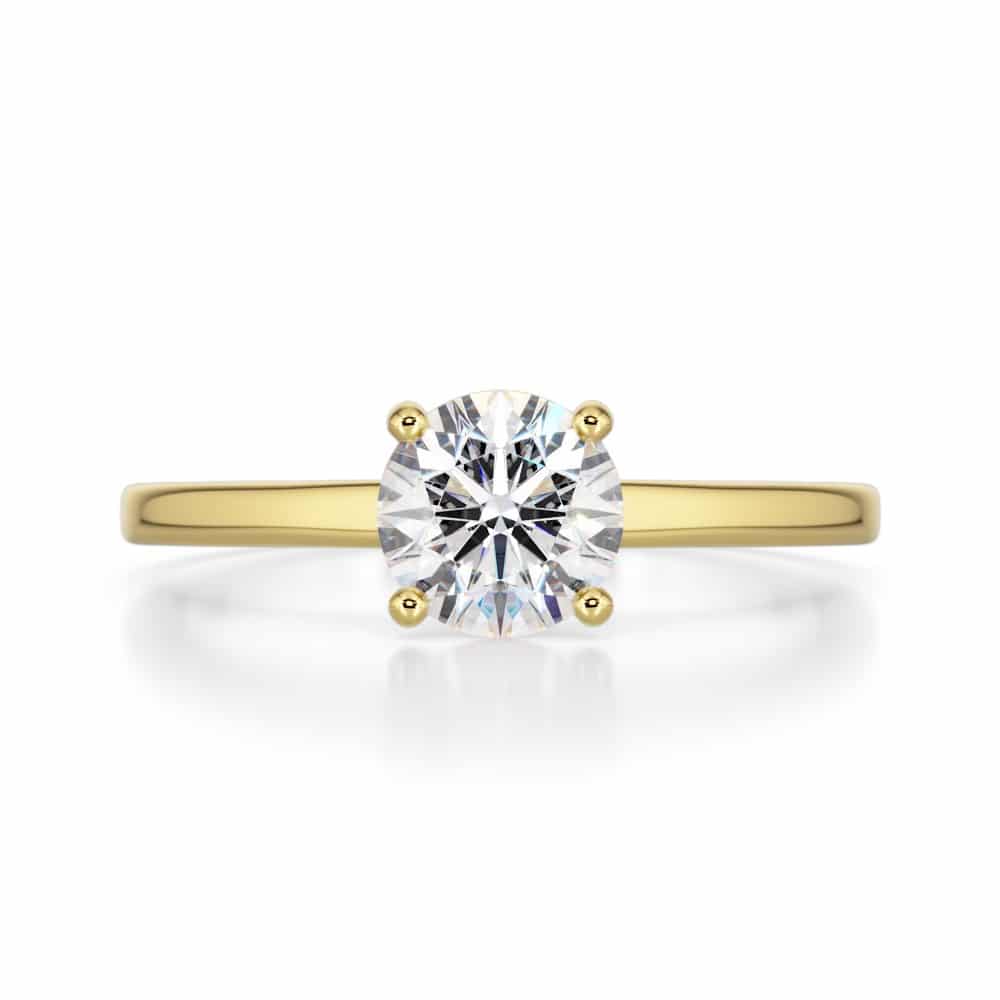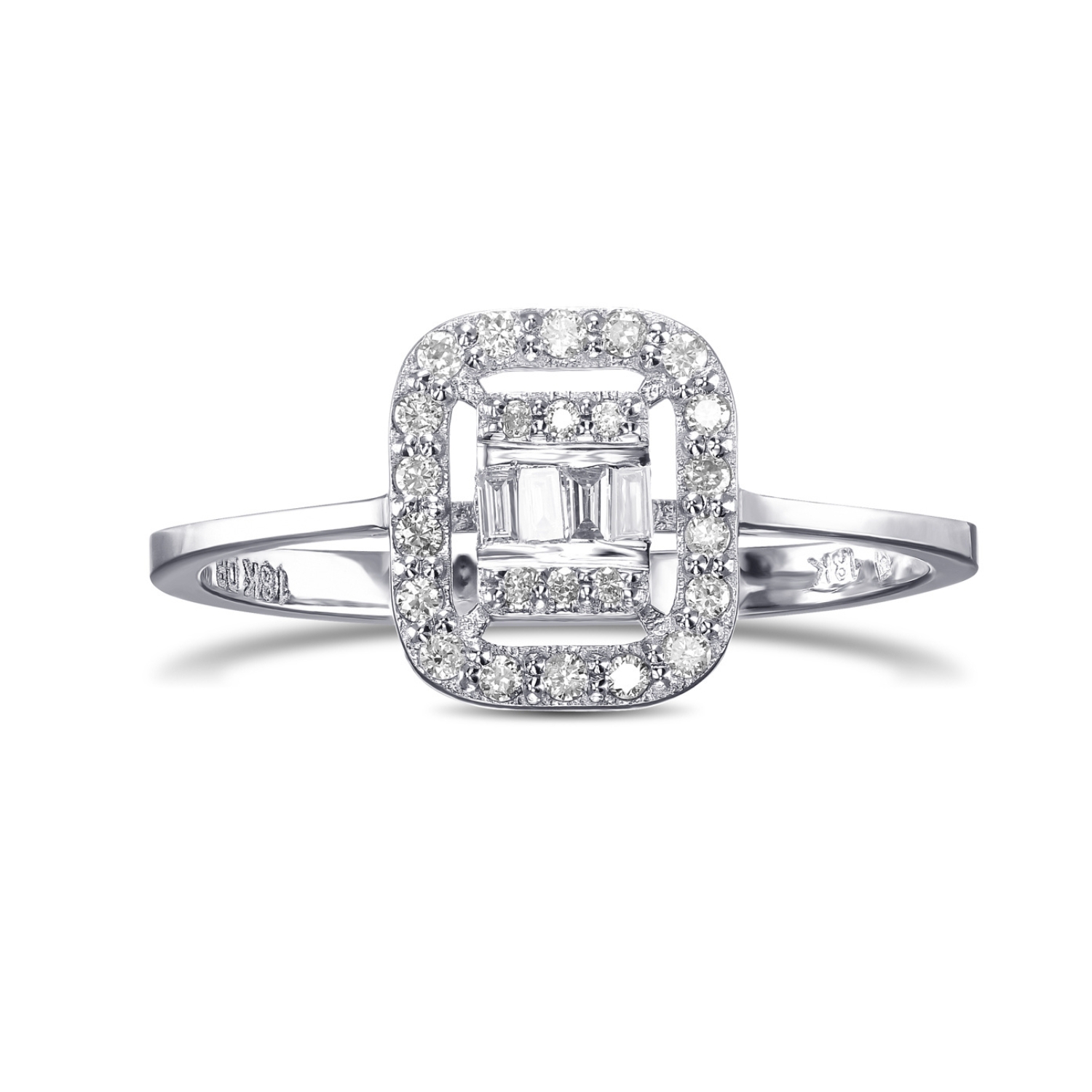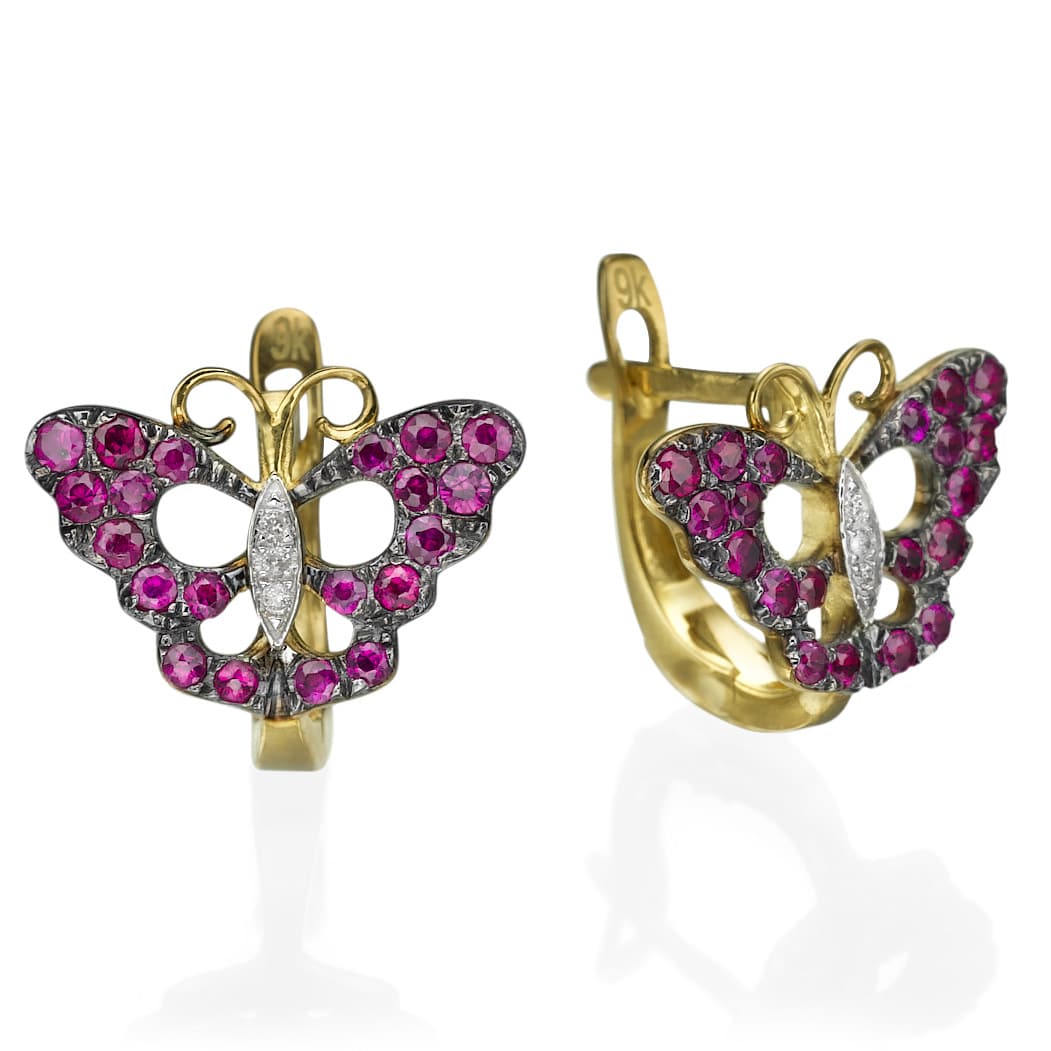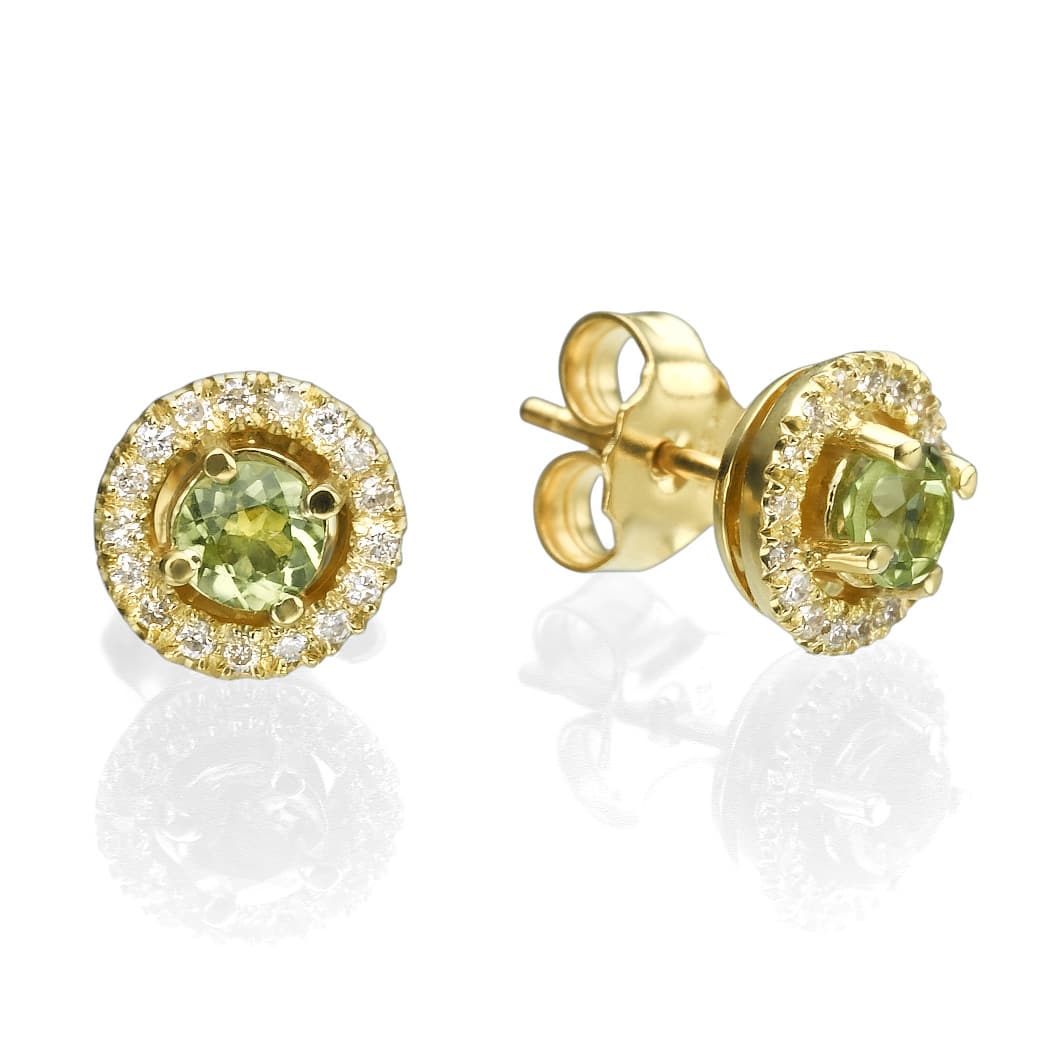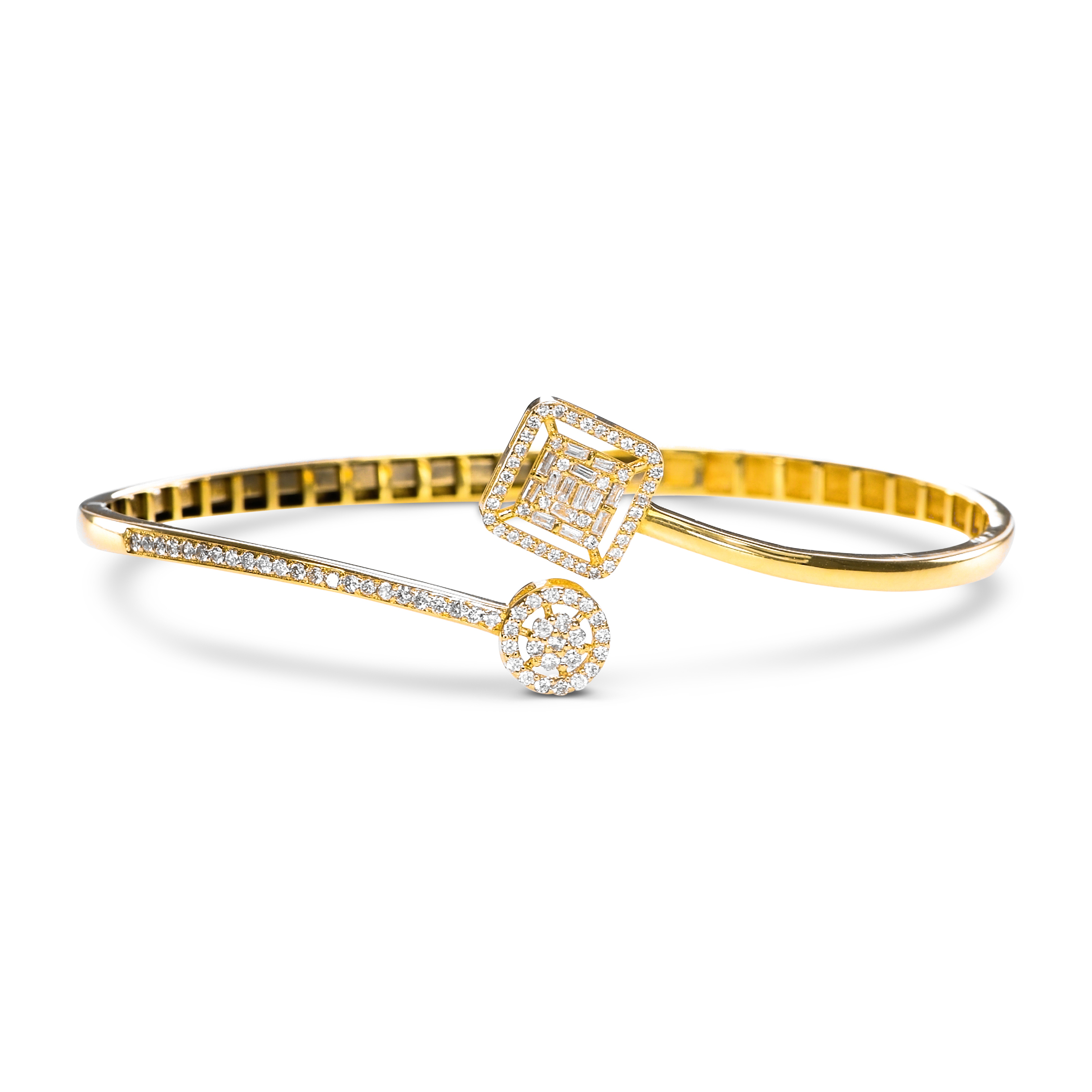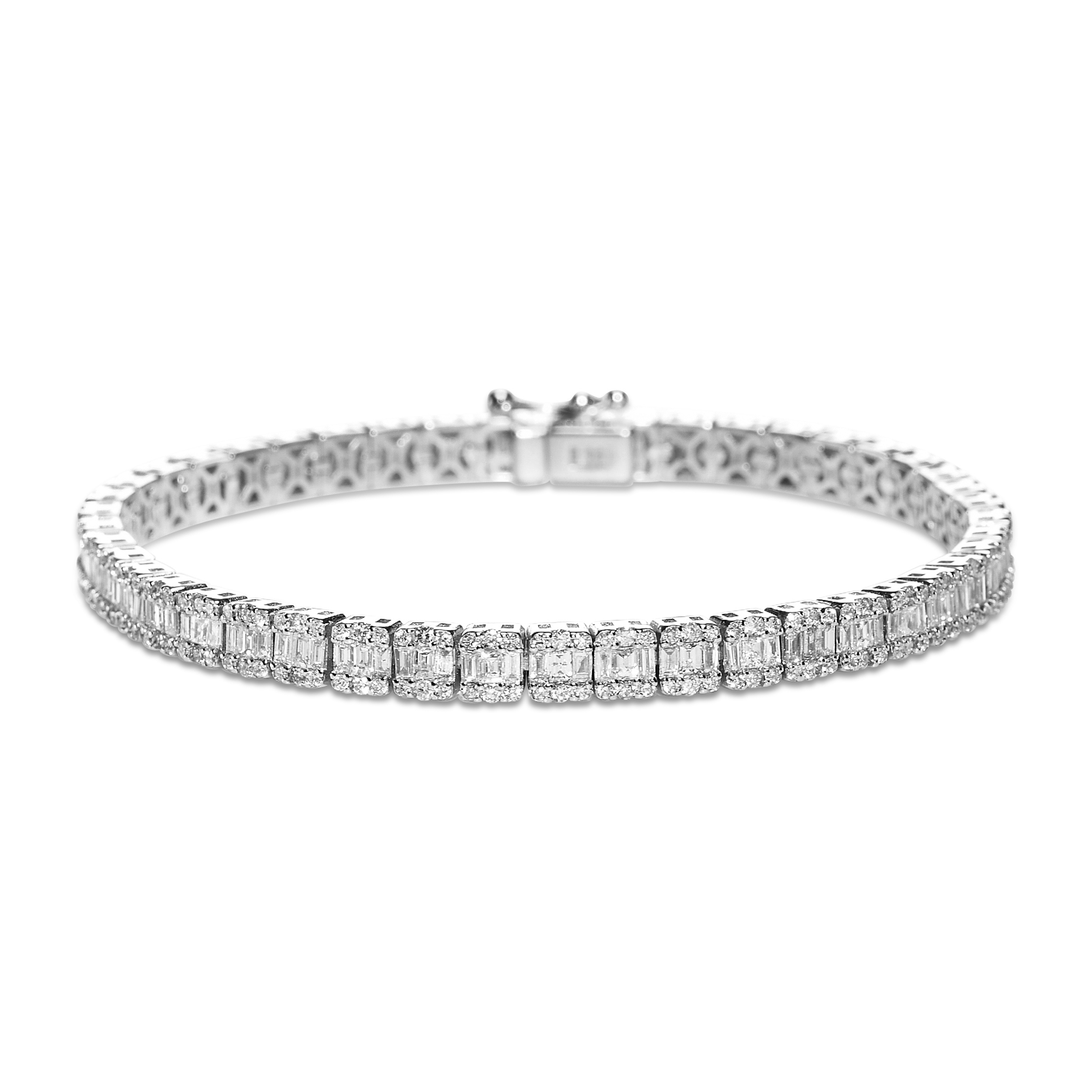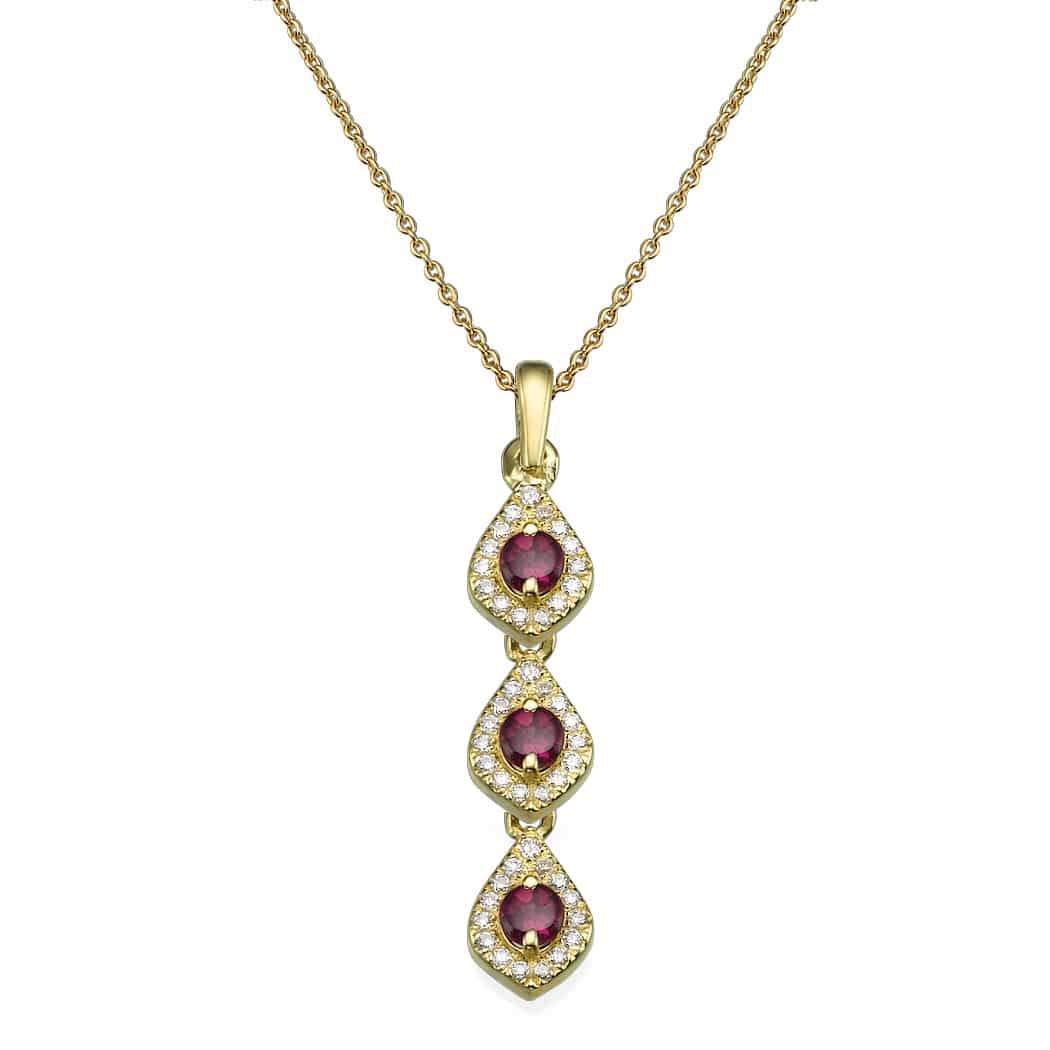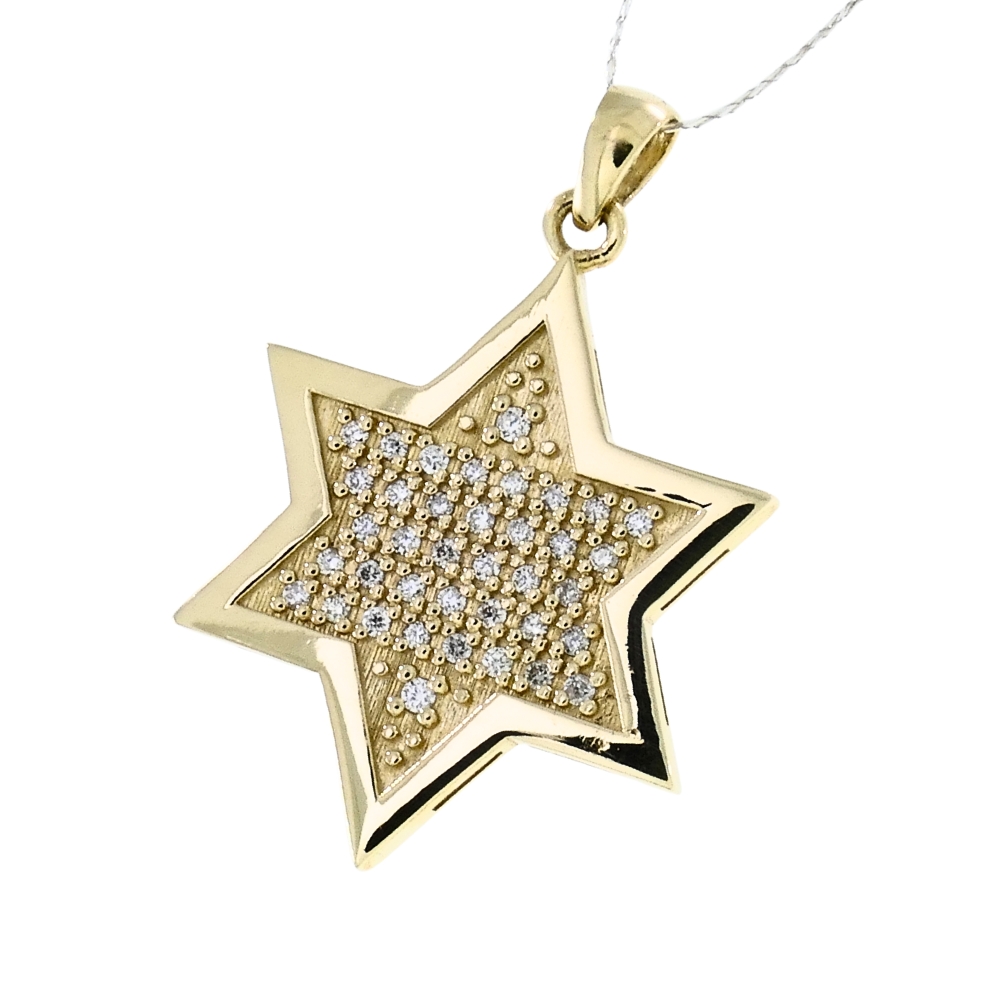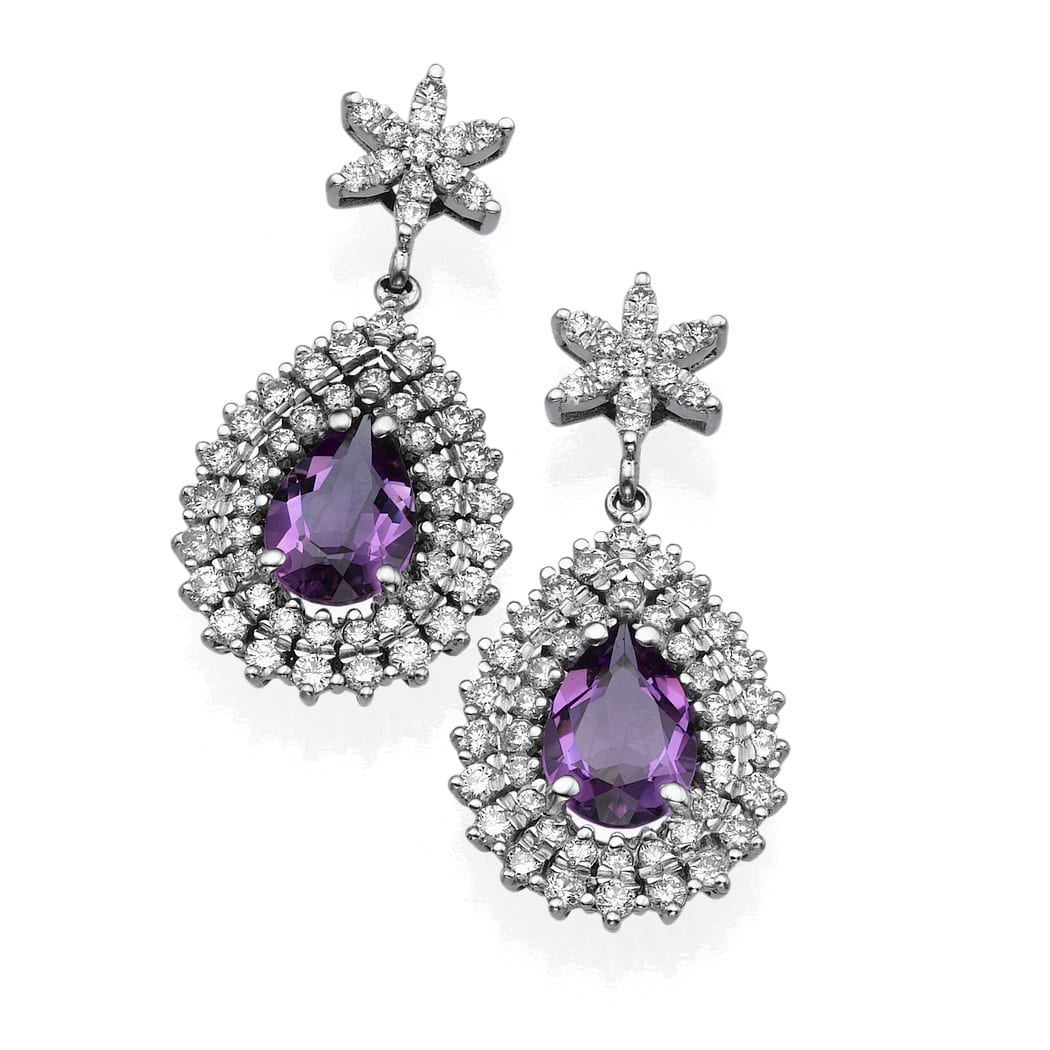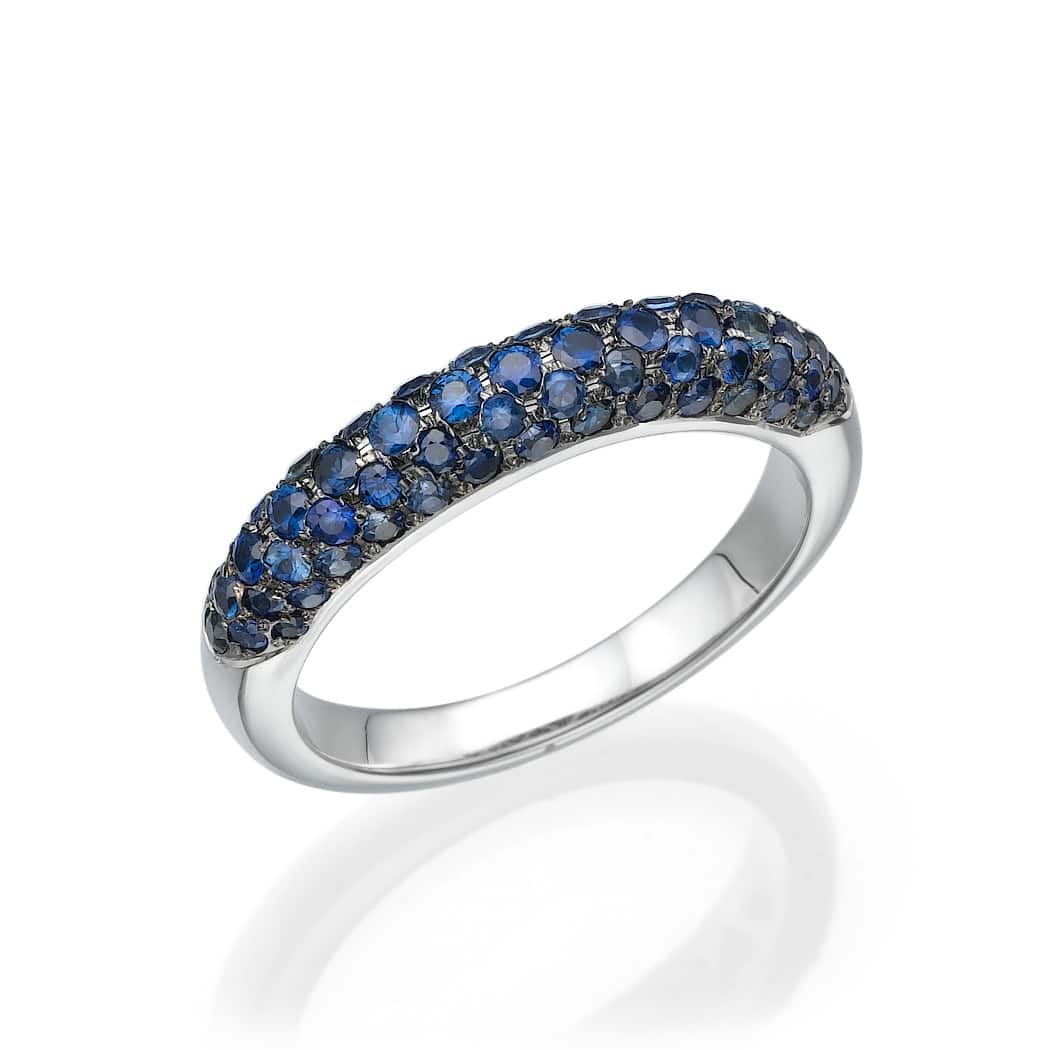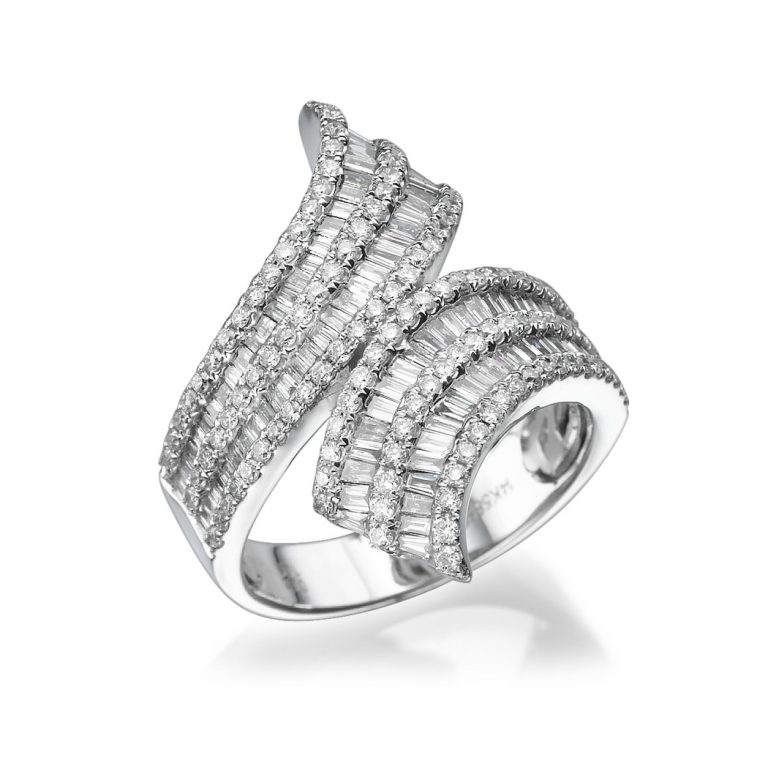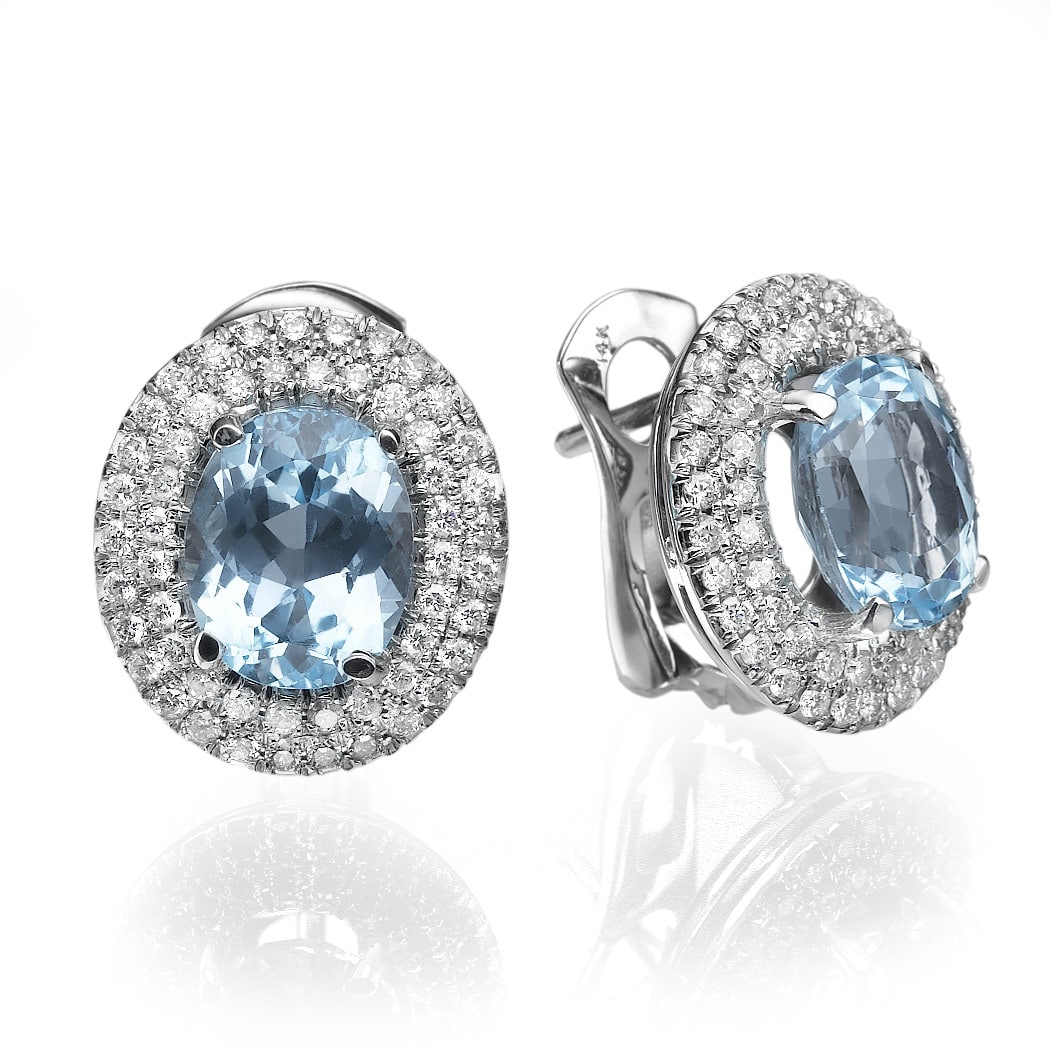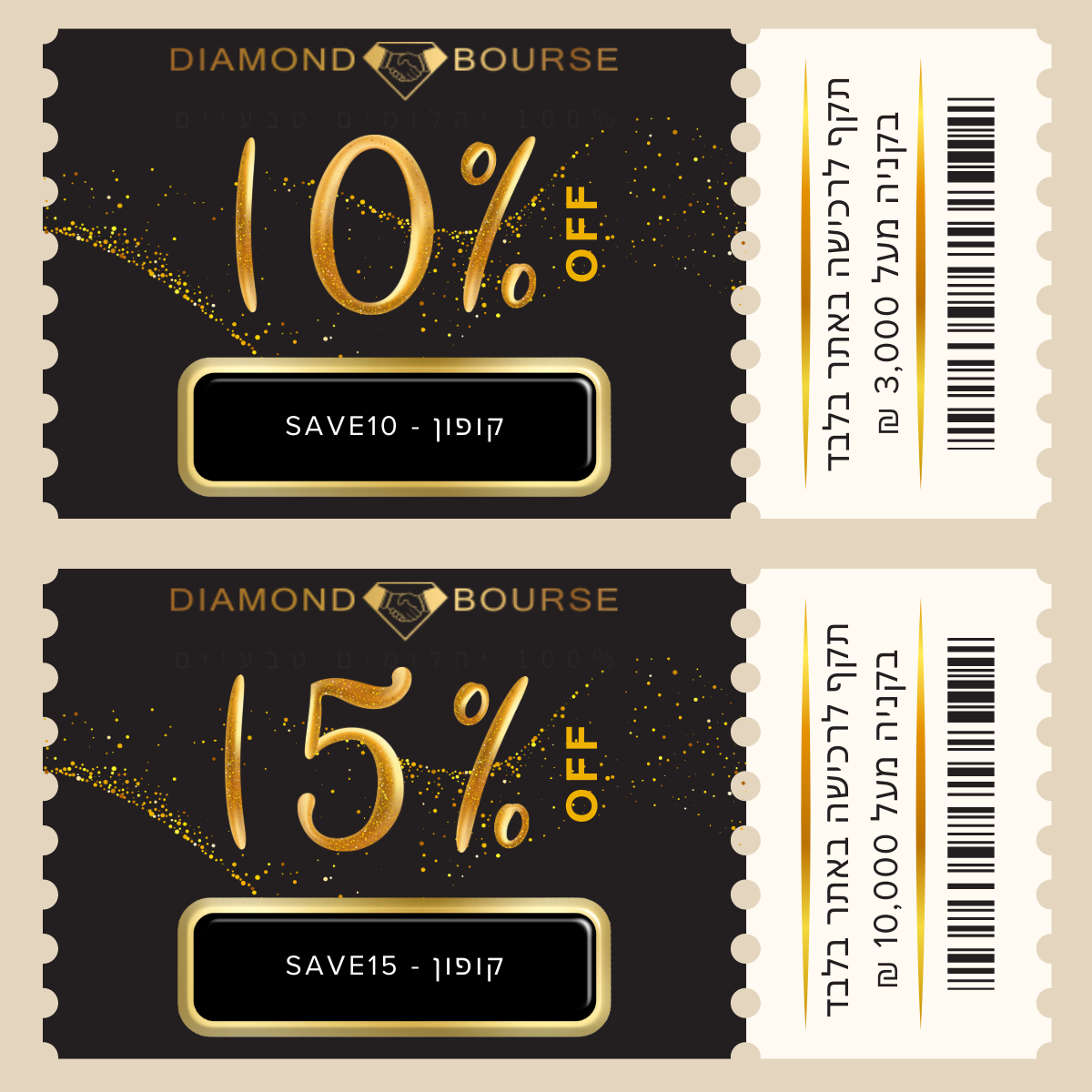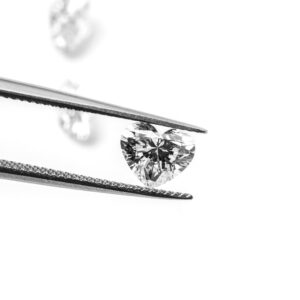Gemological certificates are official documents detailing the characteristics of diamonds and gemstones in a scientific way and according to various parameters tested in a suitable laboratory. These certificates serve as a kind of ID card for that diamond or gem and it forms the basis for determining the commercial value of the jewelry. The tests are carried out in IGL laboratories that operate under international criteria, and at the end of the stone’s research, a full and detailed report is produced about the cleanliness, luster, colors and other data of the diamond.
Does every piece of jewelry with a diamond or stone have a gemological certificate?
Gemological certificates are essential in order to present some kind of reference that the real diamond and of course about the quality of the diamond, its real value and more. This is a kind of guarantee that the diamond is real and the certificate can be presented even if you want to sell the diamond in the future. The certificate is issued by a gemological institute that performs the test and prepares the certificates and data of the diamond. To the question, does every piece of jewelry with a diamond or gemstone have a certificate? The answer is no. There are many jewels circulating in the market that do not have gemological certificates. Generally, it is not advisable to buy such jewelry unless it is a large, well-known and authoritative business in the field, for example: businesses that trade on the Diamond Exchange in Ramat Gan, since the criteria of the Diamond Exchange are among the strictest that exist, so it is understandable that that business and its products are also subject to these criteria. For example, if you come to purchase an engagement ring from a business operating on the diamond exchange, you can be more relaxed than if it is a company operating independently.
Different types of certificates:
It should be recognized that there are also different types of gemological certificates, some are considered more, some are less, but as long as they were produced by quality laboratories authorized to perform these tests, that is enough. For example, there is the GIA laboratory in the USA, which is considered the largest laboratory in the world market, operates non-profit with many branches around the world and specializes in large diamonds, color and cleanliness ratings, etc. This rating is particularly strict. Below it there are less strict ratings then but still Considered good, of course, are the HRD and the IGI. The EGL rating exists in almost all commercial centers in the world and the Israel Diamond Exchange also has a representative for this laboratory.

